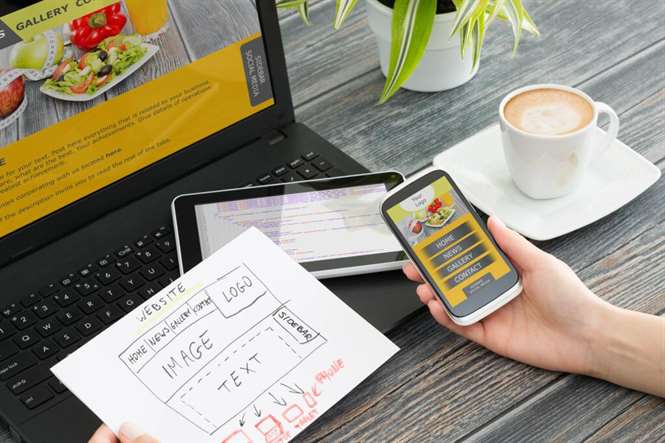Content
Today’s navigation system has become an essential part of everyone’s life. These technologies are widely used in different industries to achieve more accurate readings. There are many scientific applications of GPS beyond just navigational matters.

We will introduce 18 common GPS applications in this article, and all of them can be realized by other satellite systems as well. However, lack of network infrastructure in underdeveloped areas and accuracy of location are poised to restrict the market from realizing its utmost potential. Clock inaccuracy and orbit shift of satellites are likely to provide technical challenges to GPS usage. Licensing, strict rules, and regulations are also expected to act as a significant barrier for rendering services efficient.
Additional Information
Some of the most unexpected uses of GPS come from the messiest parts of its signal—the parts that bounce off the ground. Beyond earthquakes, the speed of GPS is helping officials respond https://globalcloudteam.com/ more quickly to other natural disasters as they unfold. Check out more details and recommendations for developing a location-based app inside the complete article on the MLSDev blog.
Launchpad: Nano drone, GNSS modules, survey application – GPS World magazine
Launchpad: Nano drone, GNSS modules, survey application.
Posted: Thu, 20 Oct 2022 07:00:00 GMT [source]
GPS satellites have atomic clocks that keep the most precise time, this time signal is accurate to less than 10 billionths of a second. The most popular and commonly used satellite navigation system in the United States is NAVSTAR or GPS. Department of Defence put the satellites to use only for military purposes. For many years scientists had thought these reflected signals were nothing but noise, a sort of echo that muddied the data and made it hard to figure out what was going on. But about 15 years ago Larson and others began wondering if they could take advantage of the echoes in scientific GPS receivers. She started looking at the frequencies of the signals that reflected off the ground and how those combined with the signals that had arrived directly at the receiver.
How does GNSS work?
The first suggestion that GPS could be used to assess the physical activity of humans followed some 40 y later. There was a rapid uptake of GPS technology, with the literature concentrating on validation studies and the measurement of steady-state movement. The first attempts were made to validate GPS for field sport applications in 2006.
IFroglab just provides a GPS tracking system with GPRS function for users to well-managed their FMS applications. The Global Positioning System comes from the United how to build a gps app States and is one of the Global Navigation Satellite Systems . It provides the location and information to GPS receivers for users to position themselves.
Data Collection
In a simplified idealization in which the ranges are synchronized, these true ranges represent the radii of spheres, each centered on one of the transmitting satellites. The solution for the position of the receiver is then at the intersection of the surfaces of these spheres; see trilateration (more generally, true-range multilateration). Signals from at minimum three satellites are required, and their three spheres would typically intersect at two points. One of the points is the location of the receiver, and the other moves rapidly in successive measurements and would not usually be on Earth’s surface.
- There are already several reports of recovered stolen vehicles, thanks to GPS technology.
- Satellites do not give off information about angles, so the location of a GPS device could be anywhere on a sphere’s surface area.
- GPS technologies are often working in many areas that we do not normally consider.
- Although the United States government created, controls and maintains the GPS system, it is freely accessible to anyone with a GPS receiver.
In case you have no choice, it is advisable to place a GPS tracker on your shoes or pocket so that in case an unfortunate event occurs, you will be located immediately and help will come before everything is too late. GPS are also used by tech-geeks when having treasure hunting with friends. They then upload the maps on Web sites so those who joined the activity can look for the prizes. There’s a button in these devices that an elderly can press to make emergency calls for medical assistance to arrive immediately.
How does NovAtel use GPS?
You can say GNSS uses multiple GPS satellites from various countries to navigate the accurate location. GPS is a type of GNSS technology that provides time and geolocation data to the GPS receiver. It doesn’t require any user to transmit the data but operates flexibly on any device with a good internet connection. Global Positioning System is a radio navigation system used on air, land, and sea to determine the accurate location, velocity, time, and more irrespective of the weather conditions. The multiple satellites orbiting the Earth are known as constellations; hence, GNSS also refers to the constellation of satellites.

Over the last decade, faster and more accurate GPS devices have allowed scientists to illuminate how the ground moves during big earthquakes. GPS has led to better warning systems for natural disasters such as flash floods and volcanic eruptions. And researchers have even MacGyvered some GPS receivers into acting as snow sensors, tide gauges and other unexpected tools for measuring Earth. Some GPS units can wirelessly synch with digital cameras, rangefinders, or other field devices to receive additional data; this might require additional hardware or software. Location trackers, social networks, dating apps, and fitness applications with GPS route tracking are just part of a vast ecosystem of the apps that use GPS.
Before you even start the development of a location-based app, you need to have a clear picture of how to solve the main problems regarding security matters. Geolocation Technologies Used in Location-Based AppsSo, how do you integrate GPS into an app? Actually, there are a few technologies that can help you enable your future application to track location. The Internet of Things consists of a variety of devices, including wearables, fitness trackers, jewelry, and even trackers for pets. By putting a special tag on a pet’s collar, owners can track the movements of the animal, their activity, sleeping patterns, and even get health-related advice or notifications when a lost pet is nearby. We can safely say that Pokémon Go is the most famous name among location-based GPS games.
But at the same time, more spheres will not generally intersect at one point. Therefore, a near intersection gets computed, typically via least squares. The more signals available, the better the approximation is likely to be. As of February 2019, there are 31 satellites in the GPS constellation, 27 of which are in use at a given time with the rest allocated as stand-bys. A 32nd was launched in 2018, but as of July 2019 is still in evaluation. More decommissioned satellites are in orbit and available as spares.
GNSS vs GPS: Differences
Fleet Electrification Knowledge Center Everything you need to know about adopting and operating electric vehicles in one convenient location. Success stories Discover how industry leaders are using Geotab telematics solutions to improve all aspects of their business. As human beings, robots can also use GPS technology to find their way. Robots at homes, in factories, or in outdoor areas, all can be equipped with GPS receivers to find directions. Biology scientists can use GPS technology to monitor the footprints and movements of animals they are observing without putting any tiny papers or remarks on the animals. Besides, GPS devices can also be used to trace the migration of endangered species, so people can further ease their population reduction.
For example, researchers can understand the changes in landscapes, surface shapes, and so on. One efficient and cost-effective way for land cultivation is precision farming, and it can be achieved through GPS technology. For instance, tractors equipped with GPS systems can lead farmers to the right place to cultivate their lands in foggy weather.
Conceptually, the receiver measures the TOAs of four satellite signals. The receiver then computes its three-dimensional position and clock deviation from the four TOFs. In the 1970s, the ground-based OMEGA navigation system, based on phase comparison of signal transmission from pairs of stations, became the first worldwide radio navigation system.
The aviation industry uses GPS to provide the passengers and pilots with the aircraft’s real-time position. During manufacturing, automobiles are equipped with GNSS that display moving maps, location, direction, speed, nearby restaurants, and more. Since a GPS device gives information on the distance from the satellite, a single satellite will not be capable of providing an accurate location. The receiver calculates the time difference between the signal reception time and the broadcast to compute the precise distance.
Related Articles
It provides critical positioning capabilities to military, civil, and commercial users around the world. Although the United States government created, controls and maintains the GPS system, it is freely accessible to anyone with a GPS receiver. U.S. Department of Defense originally developed the Navstar constellation for military use, but a less precise form of the service is available free of charge to civilian users around the globe. The basic civilian service will locate a receiver within 10 metres of its true location, though various augmentation techniques can be used to pinpoint the location within less than 1 cm (0.4 inch). With such accuracy and the ubiquity of the service, GPS has evolved far beyond its original military purpose and has created a revolution in personal and commercial navigation. Battlefield missiles and artillery projectiles use GPS signals to determine their positions and velocities, but so do the U.S. space shuttle and the International Space Station as well as commercial jetliners and private airplanes.
Installing a tracker on the plane’s flight data recorder or black box is also ideal so that the flight recorder can be easily found when missing. Beidou – system deployed and operated by the People’s Republic of China’s, initiating global services in 2019. Orbit size comparison of GPS, GLONASS, Galileo, BeiDou-2, and Iridium constellations, the International Space Station, the Hubble Space Telescope, and geostationary orbit , with the Van Allen radiation belts and the Earth to scale.
The GPS was initially developed assuming use of a numerical least-squares solution method—i.e., before closed-form solutions were found. Both the equations for four satellites, or the least squares equations for more than four, are non-linear and need special solution methods. A common approach is by iteration on a linearized form of the equations, such as the Gauss–Newton algorithm. These limits only apply to units or components exported from the United States. A growing trade in various components exists, including GPS units from other countries. Enables new modernized signals and has M-code capability, which the legacy system is unable to do.
In 2004, the United States government signed an agreement with the European Community establishing cooperation related to GPS and Europe’s Galileo system. To increase the survivability of ICBMs, there was a proposal to use mobile launch platforms (comparable to the Soviet SS-24 and SS-25) and so the need to fix the launch position had similarity to the SLBM situation. When we add a second satellite, it creates a second circle, and the location is narrowed down to one of two points where the circles intersect.
